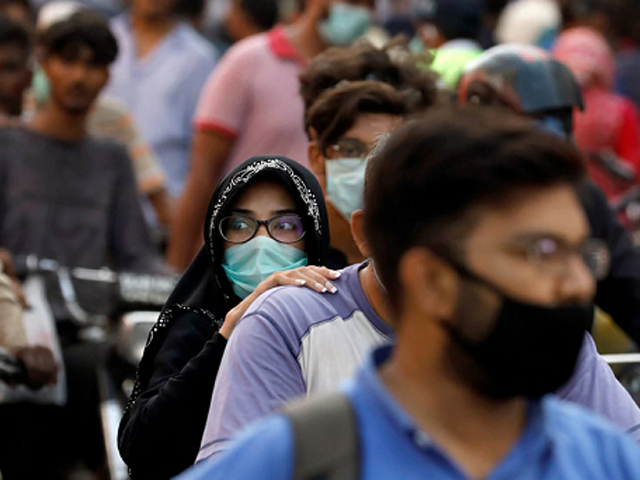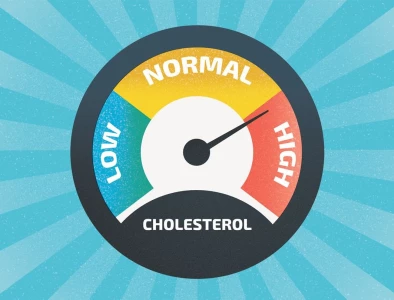
Punjab reels from pandemic and its impact
Govt imposes smart lockdowns, intensifies crackdown on SOP violations
LAHORE:
Punjab, Pakistan’s largest province in terms of population, reeled from the coronavirus pandemic that brought the entire world to a standstill and altered the course of lives in a year.
The densely populated province had to face severe difficulties on several fronts such as health, economic and social activities. In the first phase of the pandemic, the province faced an acute situation due to the unavailability of coronavirus test kits. There was also a lack of facilities for treatment in hospitals and an inadequate amount of oxygen equipment to treat the critically-ill patients.
In the face of adversity, doctors, nurses, and paramedical staff showed unprecedented courage and kept working despite the unfavourable conditions.
In March, despite a relatively lower number of patients, the provincial health department recommended a lockdown across the province. In addition, foreign travellers were required to be quarantined.
Due to a lack of space in hospitals, quarantine centres had to be set up during the first wave, which started in March 2020 and continued till July.
In October, the second wave of the pandemic began in Pakistan. This time, the government imposed smart lockdowns, but did not order the closure of businesses so that the country's economic wheel keeps on running.
Business places and offices in areas under smart lockdowns in several districts across Punjab including Lahore, Rawalpindi, Multan, Gujranwala, Layyah, Faisalabad and Kasur were closed for 14 days, while transport also remained suspended. Only medical stores, shopping malls and restaurants remained open.
The total number of coronavirus infections at the end of December was 134,345. The tally includes patients from the second wave, while the number of deaths reached 3,831, with the toll gradually increasing on a daily basis.
As many as 2,359,844 patients have been tested. According to Punjab’s department of primary and secondary health, more than 15,000 people are being tested daily at private and government facilities.
In wake of the second wave, an alert has been issued once again in all the government hospitals and special units have been set up for coronavirus patients in all the medical establishments. Most of the patients are being brought to the hospitals in Lahore because of a lack of facilities in nearby areas.
Coronavirus has mostly affected people between the ages of 21 and 30, with more than 35,000 cases recorded across Punjab. The second slab is of the patients between the ages of 31 and 40, having infected close to 30,000 people in the province. Children between the ages of one and 10 have also been affected by the disease, while a large number of women have been affected in the second wave.
The department of primary and secondary healthcare has traced 21,265 patients using various means, including the GPS technology. Tests were conducted of 989,294 people to trace and prevent the spread of Covid-19.
Out of the 36 districts of Punjab, the highest number of cases was recorded in Lahore. The provincial capital recorded 65,932 coronavirus cases and 1,515 deaths.
At the end of the year, the virus safety SOPs were still being implemented in Punjab due to a spike in cases. However, due to the violation of the advised measures and political and religious gatherings, the disease was gaining intensity day by day. Despite the smart lockdowns, the test positivity rate has reached 10% in many districts and steps are being taken to control it.
The Lahore administration has ordered a crackdown against the SOP violations and fines are being imposed, while a large number of shops, shopping malls and offices have been sealed.
Published in The Express Tribune, January 4th, 2021.









1726123648-0/results-(1)1726123648-0-270x192.webp)
1726050603-0/Untitled-design-(74)1726050603-0-270x192.webp)
1726119306-0/Untitled-design-(85)1726119306-0-270x192.webp)









COMMENTS
Comments are moderated and generally will be posted if they are on-topic and not abusive.
For more information, please see our Comments FAQ